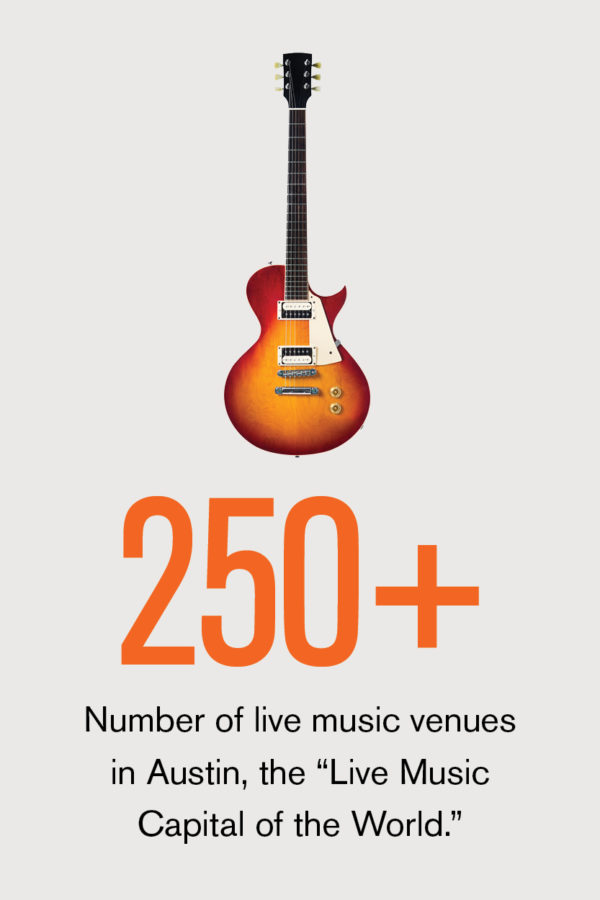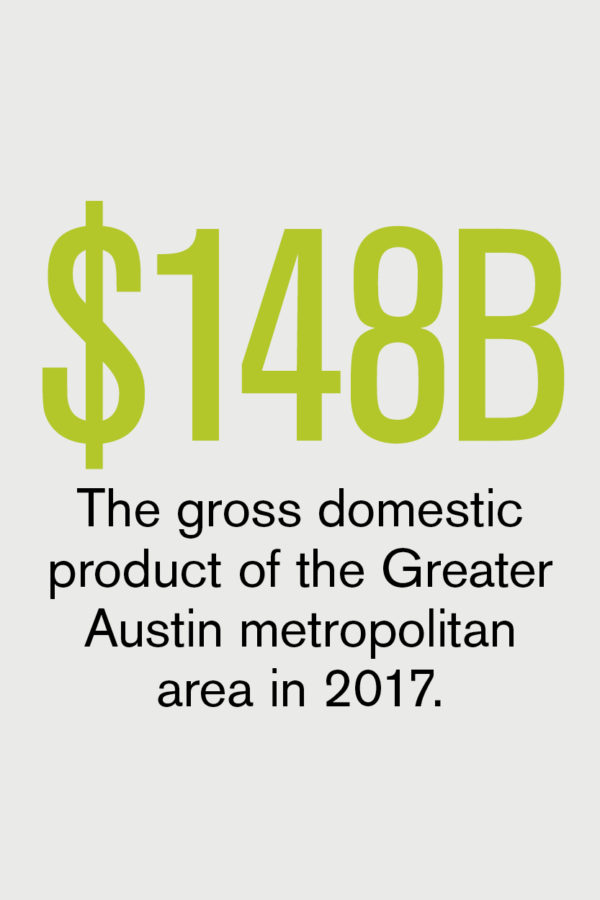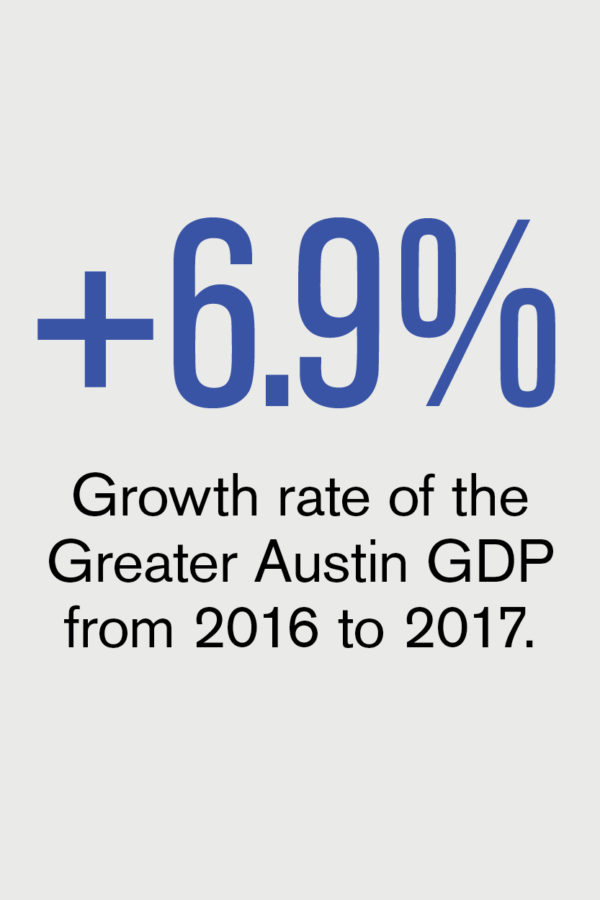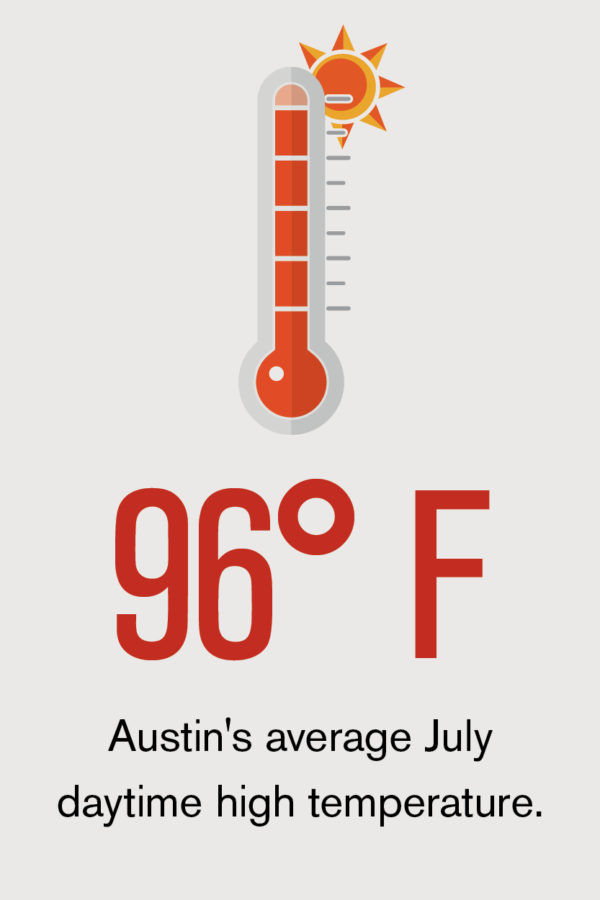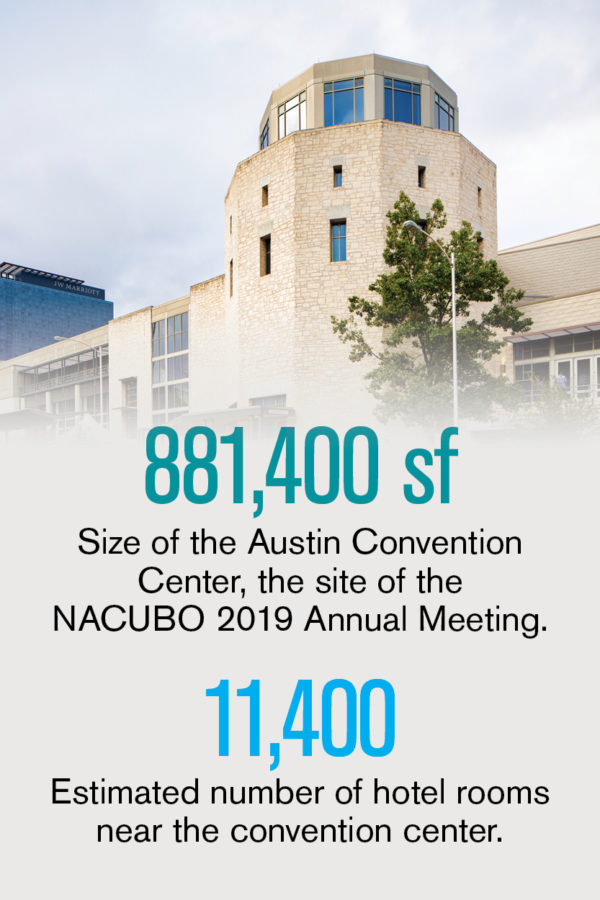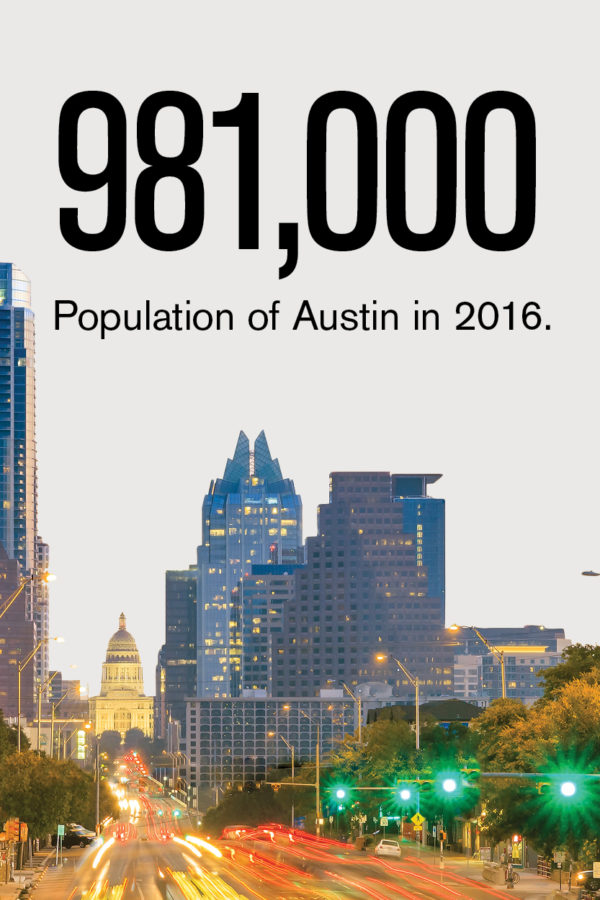“You get a computer, you get a computer, and you get a computer.” While it received less fanfare than Oprah’s infamous 2004 new car giveaway, several years ago Northern Michigan University (NMU), Marquette, launched its teaching, learning, and communication (TLC) initiative and began giving notebook computers to all its full-time students and faculty members.
The primary philosophy behind this initiative is giving NMU students and faculty access to a standard set of technology tools—both hardware and software—that meets the majority of their computing and telecommunications needs.
“The underlying goal of TLC is to provide equal access to equal technology,” says Gavin Leach, NMU’s vice president for finance and administration since 1989. “Technology was not as commoditized at the time [when TLC was launched], and some students were coming to the university without the necessary tools.
“At first, we tried to address the issue by opening computer labs, but that increased overhead,” Leach says. “Instead, with TLC, we put a computer lab in the hands of users.”
The university formed a committee that looked at the best way to integrate technology into the campus and make sure that all students had access to an equal level of technology.
Today, more than 9,000 students, faculty, and staff are ongoing participants in NMU’s TLC notebook initiative. Each participant receives a ThinkPad or a MacBook notebook. NMU offers insurance coverage for accidental damages and theft, and provides support services through walk-in appointments, over the phone, and via e-mail.Notebooks are preconfigured for wired and wireless Internet network connectivity.
Now that all staff and students have the same technology, they are literally on the same page—or program. “Everyone in class has the same capabilities,” Leach says. “Faculty members don’t have to be worried about students not having access to certain programs. TLC gave them the ability to more fully integrate technology into their courses, which changed their skill sets and ensured that NMU graduates are technically competent students.”
Despite these benefits, Leach acknowledges that he learned some important lessons while evaluating the various choices and challenges associated with launching and managing the TLC initiative.
The Cost of Computing
As the initiative was beginning to take shape, Leach recalls being advised that NMU would need to add up to 20 full-time staff to run its help desk. “Instead, we added 20 students,” he says. “We employed them as technicians and to assist with the help desk.
“With the exception of adding one position, an asset manager, we’ve never had to increase our staffing, which lowered our operating costs and facility costs compared to expanding the number of labs,” Leach says. “Early on, we turned this into an operating expense, so as the cost of technology went down, we were able to utilize those funds for budget reductions and annual investments in our network infrastructure and technology systems.”
Still, the first year of TLC did require a 27 percent increase in tuition to cover the program cost. “At the time, NMU had the lowest tuition in the state, and with the increase, the university went to having the fourth lowest tuition, and now we’re back to having the second lowest,” Leach says. However, he notes that the launch of TLC also helped influence people’s view of the university as a progressive institution and helped increase enrollment by 1,500 students during the four years since its launch.
The Download on Distribution
Once the program was launched, Leach turned his attention to keeping the costs low in terms of staff time and other resources. “At first, we thought that we needed to bring every student in the room to provide training and to distribute the notebooks, but that took a significant amount of time, and it would have taken us a month to distribute all 9,000 [notebooks],” he says.
After the first trial distribution, NMU significantly changed its process to address efficiency and customer demand. “The goal was that you shouldn’t have to wait in line more than five minutes,” Leach says. “We modified the process so that the machines are all preconfigured with our licensed software, and technology training is conducted via video and TV. Face-to-face training is done at the distribution site on a drop-in basis for those who still need assistance.”
In addition, there’s a level of trust built into the program. For example, students don’t have to return their computers over the summer. “Tracking deposits ended up being an administrative headache,” Leach says. “As long as you’re enrolled, you can keep the computer over the break. There’s some risk with letting students keep the computers over the summer, but we haven’t had many issues.”
The Necessity of Networking
From Leach’s perspective, ongoing communication throughout the process has been key to keeping issues to a minimum. “TLC was a cross-divisional effort, not just an IT effort,” he says. “Without broad-based support, it would have been difficult to implement. Communication beforehand is important.”
Participation in the program is also voluntary. “We also allow students to bring their own personal devices to campus,” Leach explains. “However, the standard software package and specialized academic software for many classes can only be downloaded on computers issued by the university.”
The TLC program has adapted over time to different student needs through ongoing discussions, reviews, and updates. Even as elements of the program change, the underlying goal remains the same. “We want to ensure that our students graduate with good technology skills,” Leach says. “A lot of people can use a smartphone or a tablet, but in most professional settings they need to have other computing skills and knowledge of a much more expanded set of technology programs.”
APRYL MOTLEY, Columbia, Md., covers higher education business issues for Business Officer.





